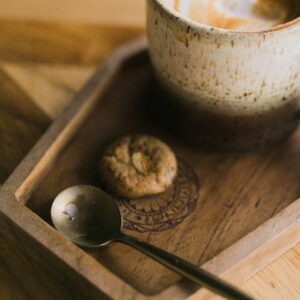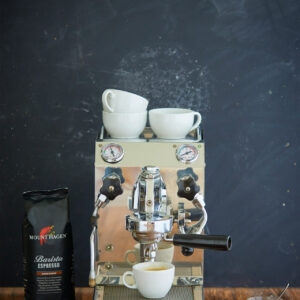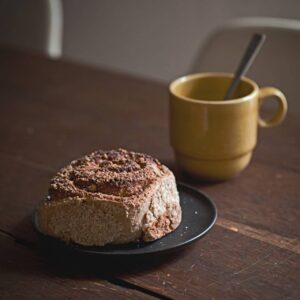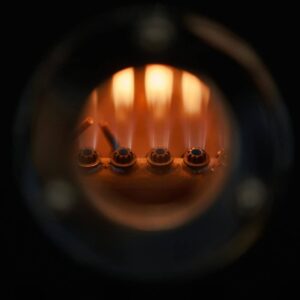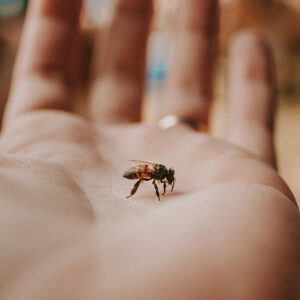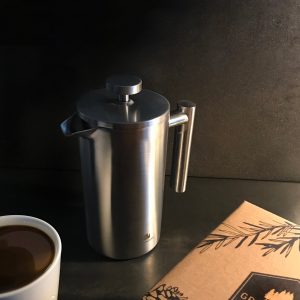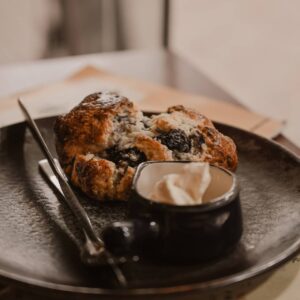Roast master
Roast master, noun: The roast master is responsible for roasting the coffee. Being a roast master requires a lot of experience, patience, care and a “nose” in order to develop the beans perfectly when roasting. Many refer to themselves as sommeliers, and for good reason: the comparison with wine and its experts is quite appropriate – although coffee has significantly more flavors to offer than wine. To be precise: 800 (versus 400 in wine).



